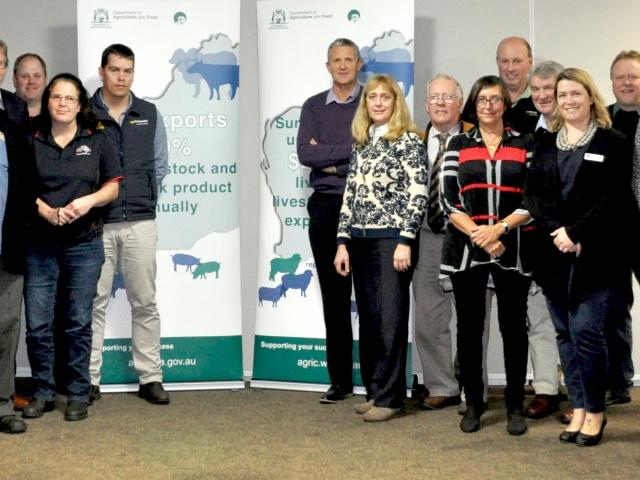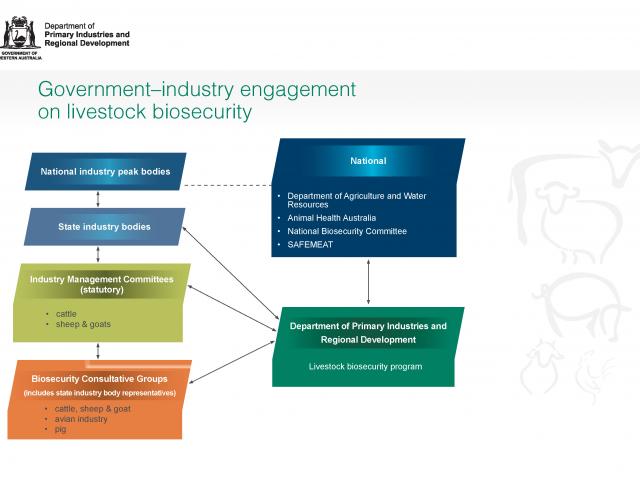New forum for sheep, goat and cattle biosecurity

The inaugural meeting of the Cattle, Sheep and Goat Biosecurity Consultative Group was held in Perth in June, bringing together representatives from the livestock industries, supply chain sector and government.
Established by the Department of Primary Industries and Regional Development, the newly formed group provides a forum to discuss current biosecurity issues relevant to Western Australia’s cattle, sheep and goat industries. Similar biosecurity groups already exist for the pig and poultry industries.
Department Livestock Biosecurity Director Peter Gray said the new group provides a platform for stakeholders to come together and ensure government and industry are partnering to protect and manage the health and biosecurity status of WA’s livestock and livestock product.
“The turnout from industry was really pleasing; we had broad representation from our state and sector producer groups, livestock agents, processors and government partners,” he said.
“The inaugural meeting covered topical issues including an explanation of the Johne’s Beef Assurance Score (J-BAS) and the development of on-farm biosecurity plans for producers seeking to maintain a J-BAS 6, 7 or 8.
“The national changes to the management of Johne’s disease in cattle was of particular interest and this meeting provided an opportunity to clarify how the tools developed by Animal Health Australia on behalf of Cattle Council of Australia can be used to manage the risk of Johne’s disease in cattle for individual farm businesses,” Dr Gray said.
Renata Paliskis, Deputy Chair of the Cattle Industry Funding Scheme Management Committee, and Guy Bowen, a member of the Sheep and Goat Industry Funding Scheme Management Committee, outlined funding priorities for the next financial year. These priorities include surveillance to support the regulatory program to maintain WA’s negligible prevalence of Johne’s disease in cattle and further support to the virulent footrot control program in sheep.
Department Animal Health Surveillance Manager Marion Seymour gave an overview of current surveillance activities, including upcoming engagement with industry on the development of a WA surveillance plan.
Department Research Officer Marc Poole highlighted the importance of early detection for exotic disease with a case study on the market access implications of the recent tomato potato psyllid incursion into WA.

